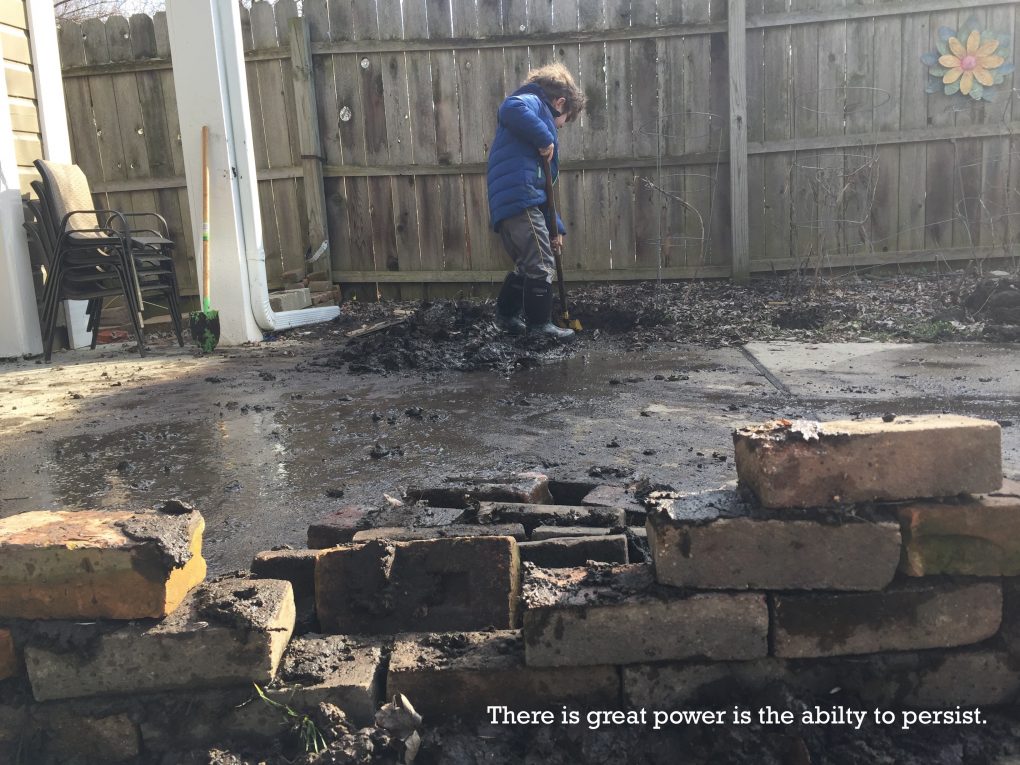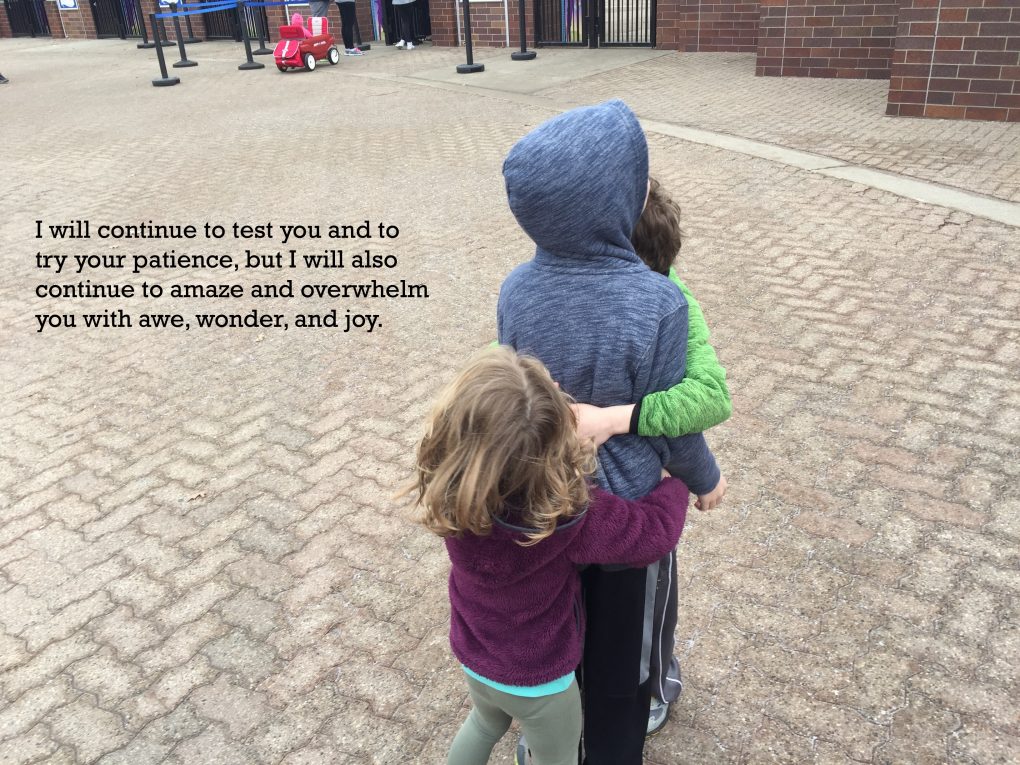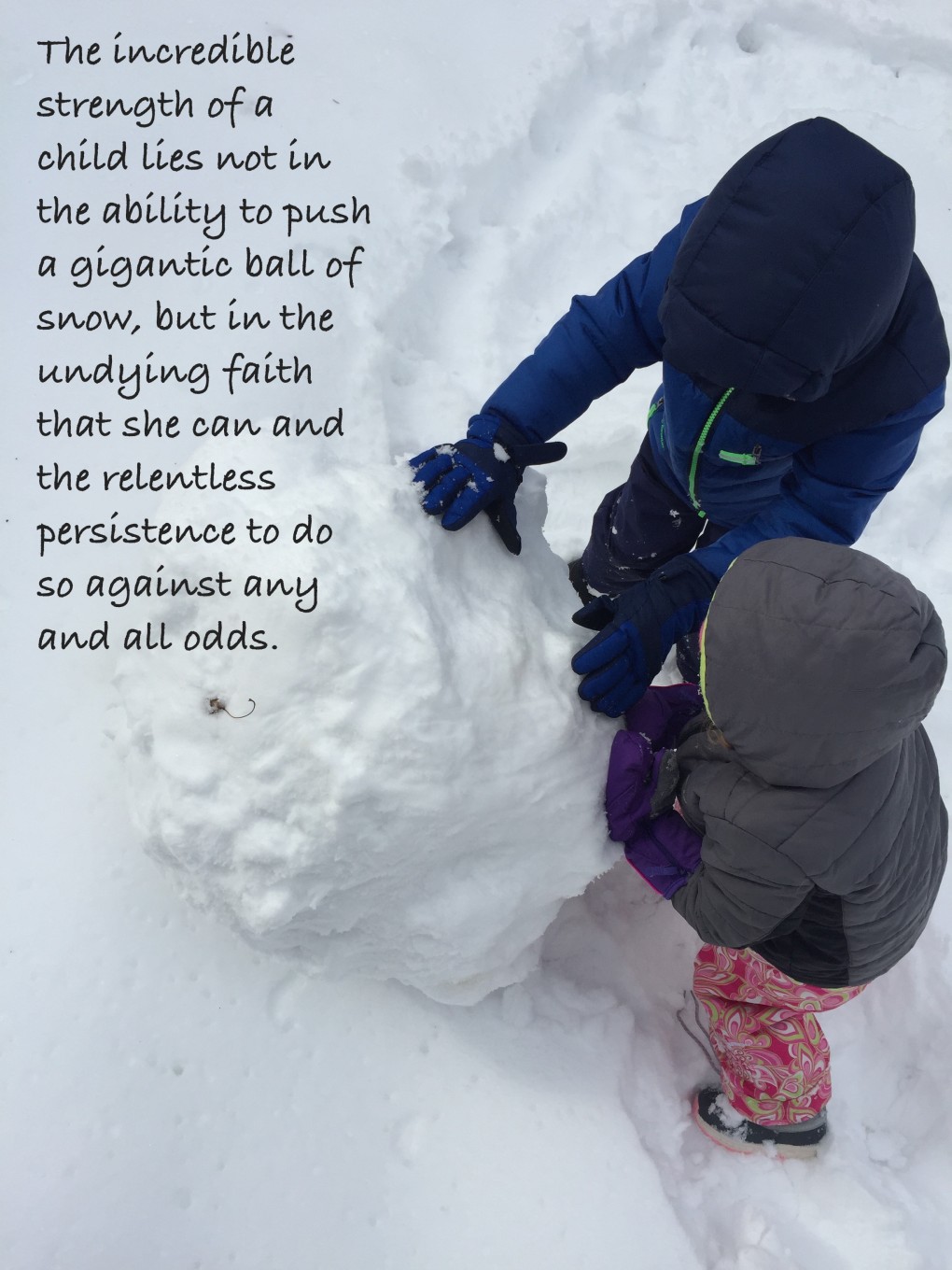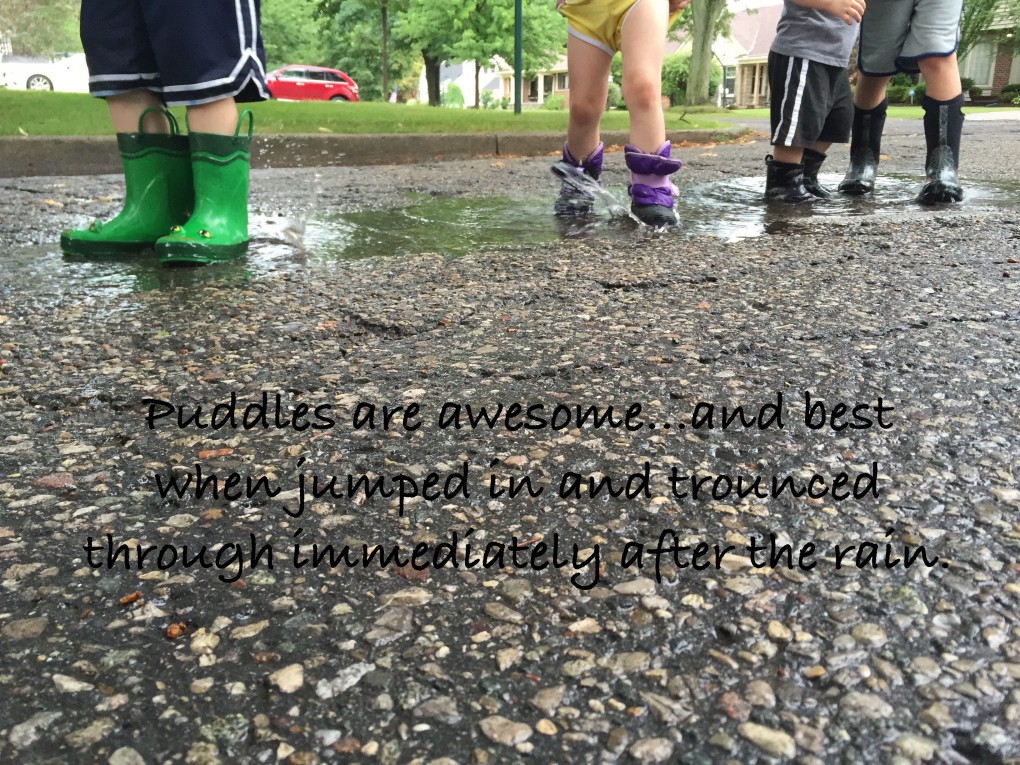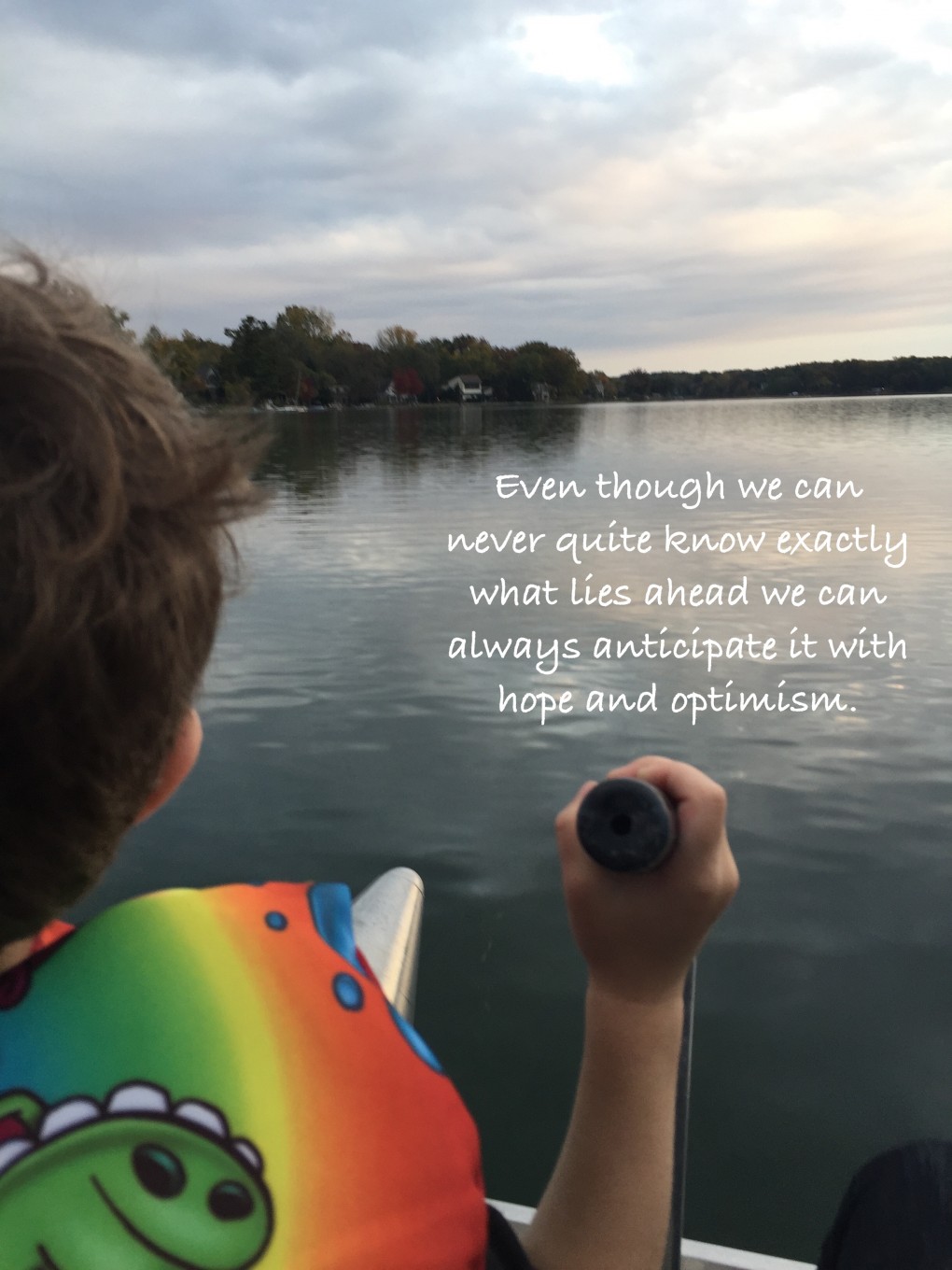
The Foundation. Lately I’ve been thinking a lot about diversity. I’ve been focused on considering ways in which I can effectively practice, model, and teach a healthy appreciation and respect for the diversity that exists in every direction I look around this ever-changing and often-challenging world.
I’ve been wondering about ways in which I can best make and support positive connections with those whose paths I cross or parallel along my journey. I’ve been carefully working to understand how the myriad thoughts, ideas, and perspectives constantly surfacing through my interactions with others play into our individual and collective learning and growth, and how the same enhance our individual and collective lives.
That’s what it’s all about after all, isn’t it? Looking for ways to be happy while simultaneously contributing to the happiness of others? The pursuit of happiness is an unassailable right indelibly connected to the core of who we are. Should it not be woven into the fabric of our quests?
As a husband, a father, and an educator, I feel a strong responsibility to protect that right for myself and for those I serve. Fostering and sustaining positive partnerships that lead to joyful teaching and learning has always been at the core of my learning and leadership vision, the foundation of who I am, and what I seek to do in every moment, with each passing day.
My aim is true. My intentions are pure and concentrated. I continue to look for tools and strategies to aid the unfolding of those intentions. I’ve become a master at forgiving myself missteps along the way in favor growth. Much of my thinking energy has gone into ways I might emphasize the importance and impact of positive partnerships.
Recently, I read an article called, “Unconscious Bias: When Good Intentions Aren’t Enough” by an author named Sarah E. Fiarman. Mrs. Fiarman is an educational consultant and a former public school principal who has written multiple books on learning and leadership. She sub-titled this article, “Deep rooted biases hinder our best intentions. Learn how to recognize and address them.” The article is published in the November 2016 issue of Educational Leadership, entitled “Disrupting Inequity.”
At first blush, when I’m considering equity in schools, I go to race. Then, I tend to move to socio-economics, followed by gender, and so on. Could this be a form of unconscious bias in and of itself?
After leading with some thinking on the impact of bias and the need for increased awareness, Mrs. Fiarman addresses naming it. She points out, “Sometimes we increase awareness by naming bias in others and in ourselves,” and goes on to assert that naming is not always comfortable. It’s not easy to consider your own biases. Especially in light of the fact that in most cases where bias plays a role in decision-making and actions the bias doesn’t fit with intentions or worldview.
Bias is often unconscious, which is why it’s so important to dig into it with an open mind, an open heart, and a clear purpose. My purpose in reflecting with critical intention on this article and digging into the potential of my own unconscious bias is to enhance my learning and leadership practice. I’m looking to do the hard work of figuring out where I could be more attentive to the needs of those I serve. I’m seeking to understand how I can enhance my ability to seek to understand.
After moving through pieces of the puzzle in which Mrs. Fiarman points out how important it is to recognize and appreciate that unconscious bias can negatively impact our behaviors, that designing systems to counteract those impacts is critical, and that positive, trusting, and collaborative relationships have the power to provide some essential unconscious bias understanding through shared analysis and genuine, caring checks and balances regarding decision making, I came to the part where she wrote about empathy.
She began with, “Another proven way to counteract the power of unconscious bias is to replace negative associations with positive ones.” This drove straight into the heart of what I’d been thinking about. It caused me to lift my eyes from the page and process. It’s what I would like to be best at. With Dweck’s growth mindset as a foundation, maybe it can be.
If you believe that everything happens for a reason, and at just the right time for that reason to be most striking, than it’s worth noting that this article came to me at just the right time. If you don’t, it might be worth noting anyway. Either way, I dig it.
Mrs. Fiarman says, “Biases are built by repeated exposure to a particular message,” and that, “Deliberately consuming counter narratives can help break down that automatic reflex.” I dig it, indeed.
So, what if our biases extend to the negative itself. What if we are bent to leaning toward the negative in any, and even more troubling, every situation?
The world moves fast ad it’s riddled with challenges. Lest we forget that every challenge is also a chance we could likely become wrapped up in the ongoing tumble of dirty laundry that seems to surround us.
The Story. Yesterday my five-year-old punted a beanbag in the middle of the living room at his Nan and Pop’s house. Let me clarify that Nan and Pop’s living room is not an ideal place for punting anything. Whatever grace prevented that punt from resulting in something being knocked over, smashed, or otherwise destroyed is undoubtedly real and indisputably powerful.
After several seconds that seemed to go by in slow motion, and upon a safe landing for the would-be-destructor of a bean bag, my son and I looked at one another wide-eyed and filled with relief in the knowledge that neither of us was about to be in big trouble.
I spoke first, “That was a really bad idea.”
Then he spoke, “A really bad idea but a really good punt.”
We both laughed.
The Reflection. What if that’s the way?
What if my astute five-year-old was the teacher and I was the student?
What if I found a new mentor?
What if, no matter the situation, picking out the positive is where the treasure can be found?
Sure, there are several, easily conceivable worse scenarios than the potential for a broken vase at Nan and Pop’s house, but in that moment, we were both slightly (if not considerably) terrified. Still, this kid picked the positive. My mentor modeled what might be the way.
My hope is that he understood the theoretically flawed decision-making and the potential for disaster. I try to impart learning around every turn. I also understand that learning comes at its own pace and in its own time.
What if the real learning here is that life is better when we look on the bright side?
What if the nugget of truth in this situation is about a holistic look at our moments with an eye on what went well?
Should I be considering the living room beanbag-punt experiment as a viable lesson in positive responsiveness?
What do we do when questionable decision-making goes right? Should we be focused on the decision making in a vacuum, or should we be focused on the “right?’
What if we set our individual and collective paths on picking the positive?
Is it possible that picking the positive could lead to a paradigm of progress and self-celebration? Might that be good for all involved? Could picking the positive help to foster cultures of teamwork, trust, and growth is school communities? Families? Within ourselves?
Could picking the positive shift our thinking in right directions by repeatedly exposing us to hopeful and optimistic messaging?
I suppose anything is possible, isn’t it?
Live. Love. Listen. Learn. Lead. Thanks.
